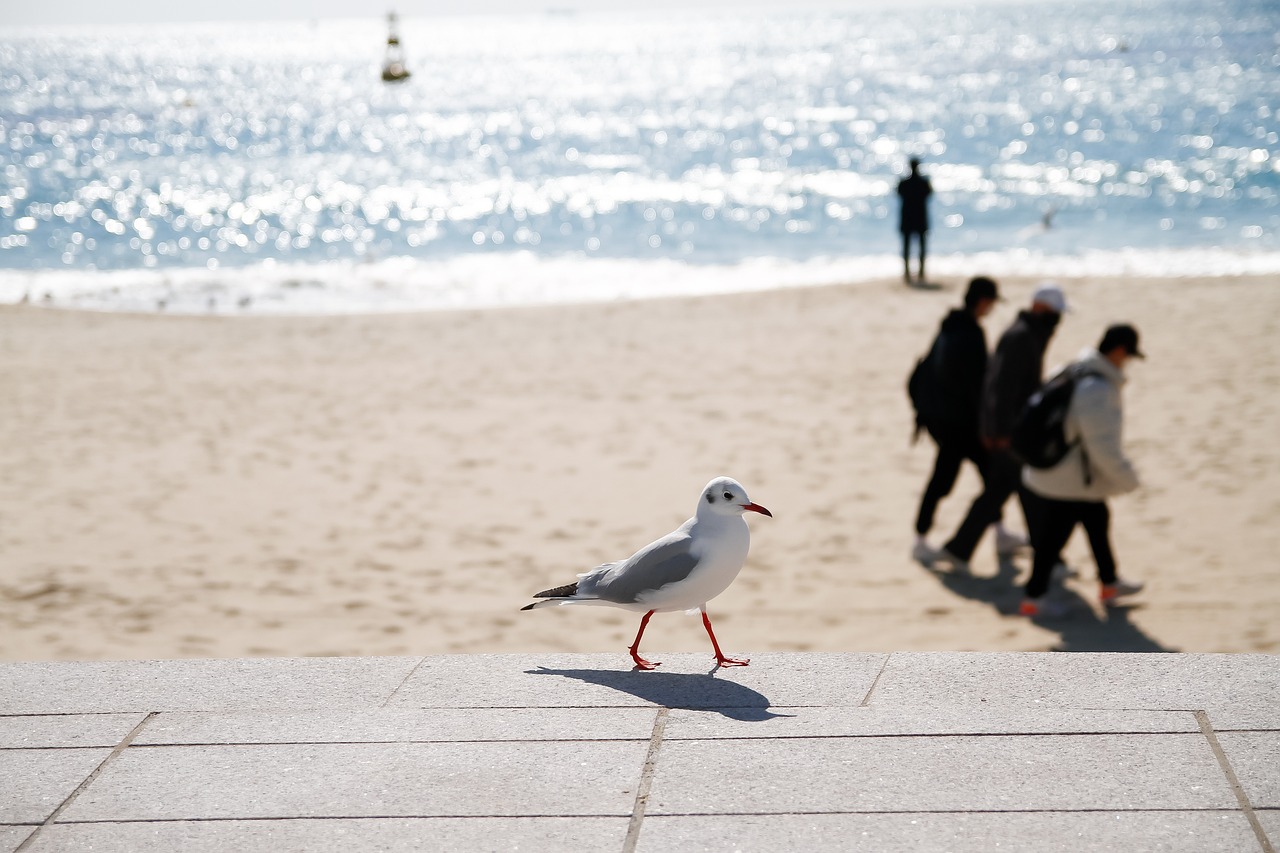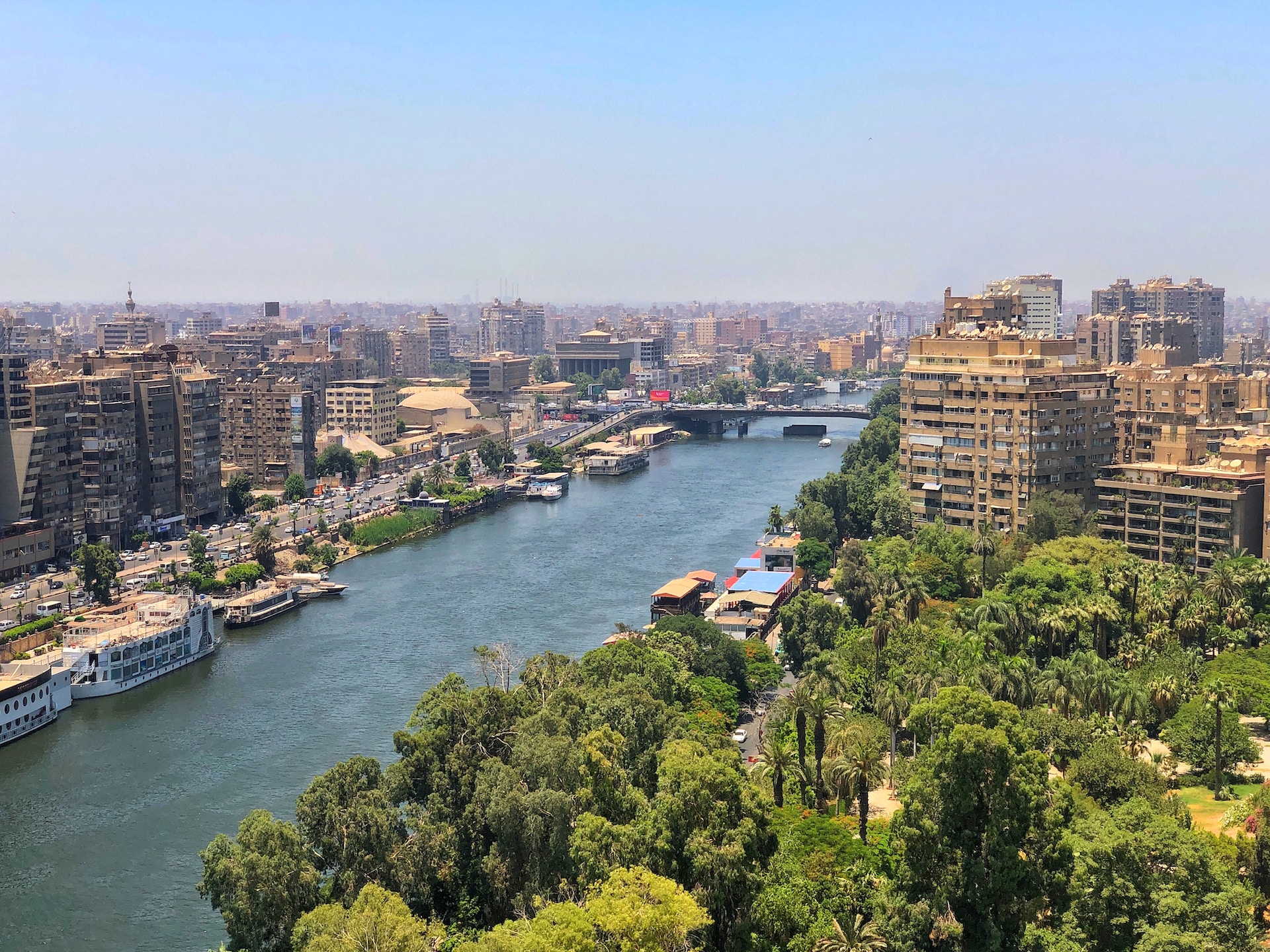Cairns weather is a unique and diverse experience that is influenced by its proximity to the Great Barrier Reef and the tropical rainforests of northern Australia. The city of Cairns is located in Far North Queensland and is known for its hot and humid summers, and mild and dry winters. The weather in Cairns is influenced by two major weather systems, the monsoon trough and the trade winds. The monsoon trough brings heavy rainfall and thunderstorms to the region during the summer months, while the trade winds bring cooler and drier conditions during the winter months.
The city of Cairns experiences two distinct seasons, the wet season and the dry season. The wet season in Cairns runs from November to April, and during this time the city receives the majority of its annual rainfall. The heaviest rainfall occurs in January and February, with an average of around 350mm of rain falling during these months. The dry season in Cairns runs from May to October, and during this time the city receives very little rainfall, with an average of around 40mm of rain falling during these months.
The temperature in Cairns is warm and humid all year round, with an average temperature range of around 20-30°C during the day and around 20-25°C at night. The temperature in Cairns is influenced by its proximity to the sea, which helps to keep the temperature cool and comfortable, even during the hottest months of the year.
| Month | Low (°C) | High (°C) | Low (°F) | High (°F) | Rain (%) |
|---|---|---|---|---|---|
| January | 22 | 32 | 71.6 | 89.6 | 80 |
| February | 22 | 32 | 71.6 | 89.6 | 75 |
| March | 22 | 31 | 71.6 | 87.8 | 70 |
| April | 20 | 30 | 68 | 86 | 60 |
| May | 18 | 28 | 64.4 | 82.4 | 40 |
| June | 17 | 26 | 62.6 | 78.8 | 25 |
| July | 17 | 26 | 62.6 | 78.8 | 20 |
| August | 17 | 26 | 62.6 | 78.8 | 15 |
| September | 18 | 27 | 64.4 | 80.6 | 10 |
| October | 20 | 29 | 68 | 84.2 | 5 |
| November | 21 | 31 | 69.8 | 87.8 | 10 |
| December | 22 | 32 | 71.6 | 89.6 | 25 |
When it comes to the best time to visit Cairns, it ultimately depends on what you’re looking to experience. If you’re looking to escape the cold and enjoy warm, tropical weather, then the dry season from May to October is the best time to visit. During this time, the weather is typically sunny and dry, and the temperature is comfortable, making it perfect for outdoor activities such as snorkeling, diving, and hiking.
On the other hand, if you’re interested in experiencing the monsoon season, then the wet season from November to April is the best time to visit. During this time, the city receives the majority of its annual rainfall, which can make for some spectacular thunderstorms and lightning displays. This is also the best time to visit if you’re interested in experiencing the lush green rainforests and waterfalls that are found in the region.
Another thing to consider when planning a visit to Cairns is the crowds. The city is a popular tourist destination and can get quite busy during peak season. If you’re looking to avoid the crowds, then it’s best to plan your visit during the shoulder seasons, which are typically April and October. During these months, the weather is still pleasant, and the crowds are much smaller, making for a more relaxed and enjoyable experience.
In conclusion, Cairns weather offers a unique and diverse experience that is influenced by its proximity to the Great Barrier Reef and the tropical rainforests of northern Australia. The best time to visit Cairns ultimately depends on what you’re looking to experience, whether it’s warm and dry weather, or the monsoon season, or avoiding the crowds. By considering these factors, you can plan a trip that will allow you to fully experience all that Cairns has to offer.



